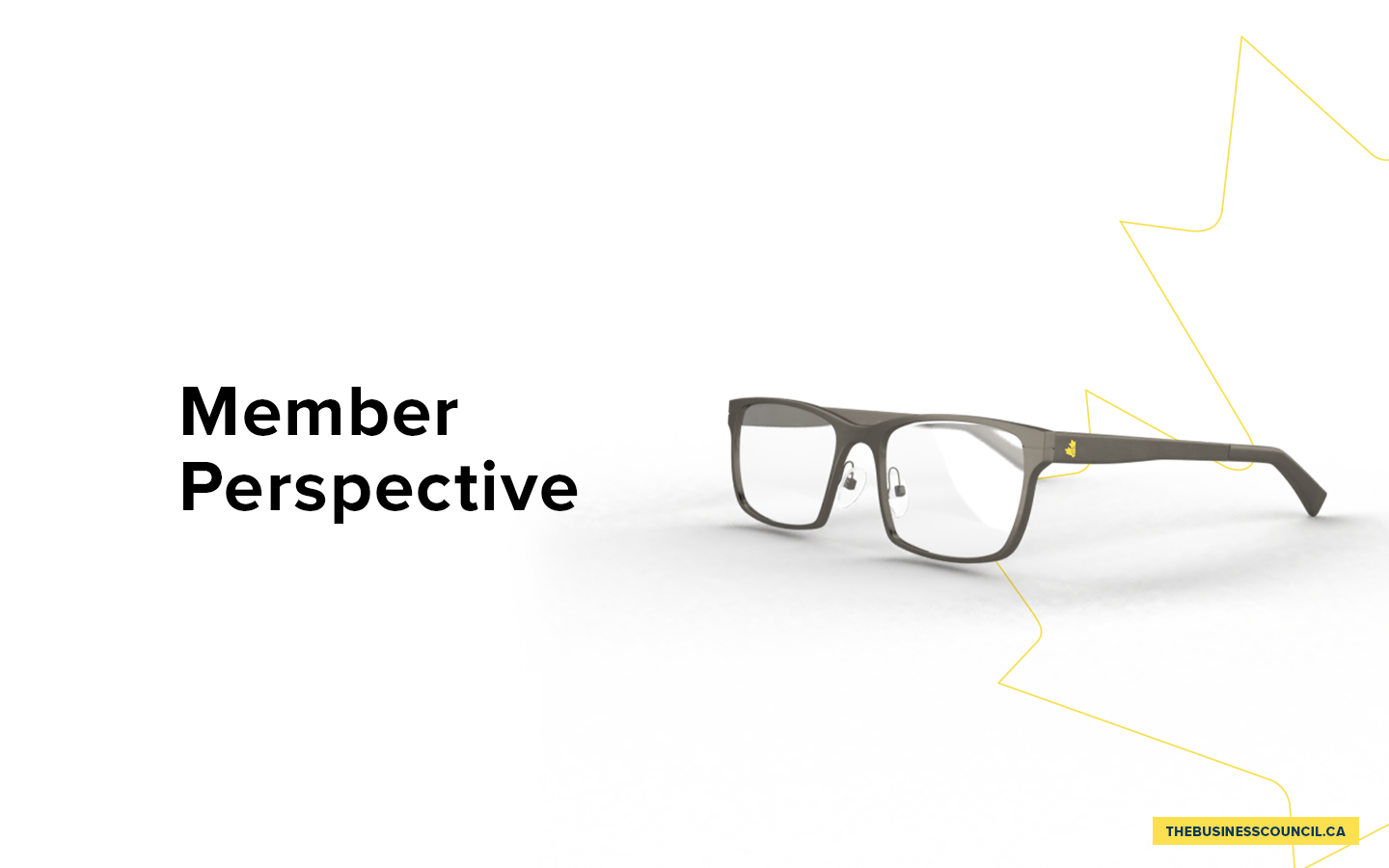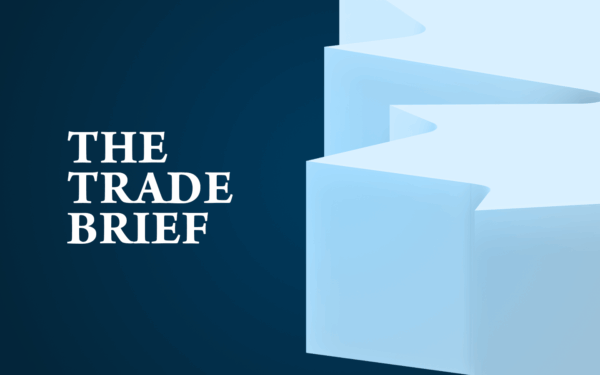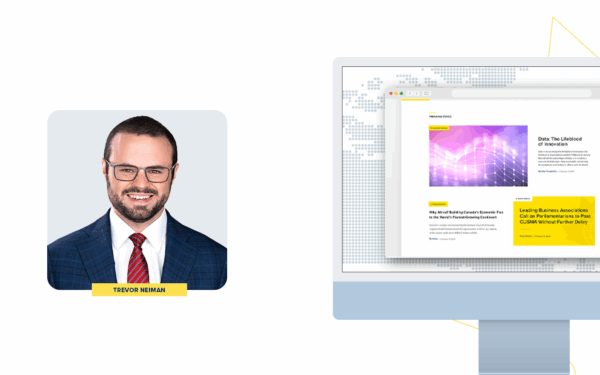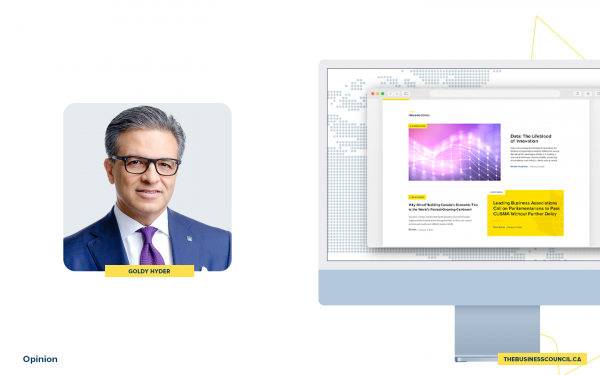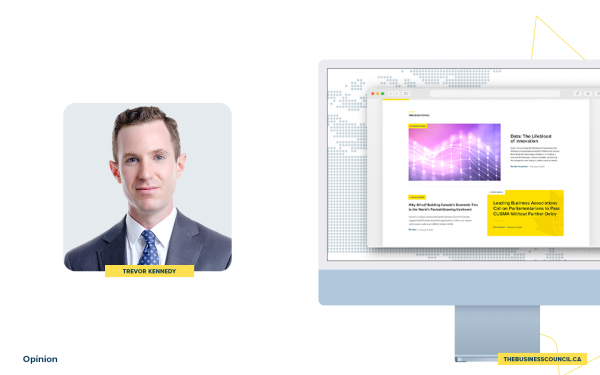On foreign aid, the world needs a lot more Canada
“The world still needs more Canada. It’s time for our country to walk the talk, taking leadership in building a better world.”
Craig Kielburger
After the Korean War, South Korea was mired in poverty. The average income was less than $100 a year. Canada and other nations sent billions in aid and today South Korea is an economic powerhouse that gives more than $1.8 billion to support countries like Vietnam and Tanzania. Call it the political version of paying it forward. South Korea is a success story, now providing assistance to others, spurred on partly by Canada’s contributions — foreign aid as well as trade and military assistance.
Today, it’s still how Canadians tend to think of our country — as a generous force in the world. In a 2019 survey about international development, over 70 per cent said that Canada has a moral duty to support people in low-income countries. But we aren’t backing our ideals with dollars.
“Compared to its peers in the OECD, (Canada) is at the back of the pack,” says Nicolas Moyer, CEO of the Canadian Council for International Cooperation.
This year marks the 50th anniversary of the Pearson Report, when then-Prime Minister Lester B. Pearson called on rich nations to commit 0.7 per cent of their annual national income to help emerging economies. When the UN adopted Pearson’s idea the following year, it was a triumph for Canadian leadership. Since then, we’ve lagged behind on our own initiative.
Today, Canada spends just 0.28 per cent of our gross national income on international development. The closest we’ve come to meeting Pearson’s target was 40 years ago, and even then, we were well under it, at 0.47. Fourteen other OECD countries are giving more than us to help the world’s poorest nations. Five of them — the U.K., Norway, Denmark, Sweden, and Luxemburg — have succeeded in meeting the 0.7 per cent target. It’s not an impossible goal.
Canadians overestimate our national generosity. When asked, Canadians thought our development contributions were 10 times higher than the actual amount, according to a recent survey.
The misperceptions go even further. That same survey found that 43 per cent believe our aid money is being wasted, misspent on richer nations, rather than helping those in need. However, the largest recipients of Canadian assistance in 2018 were Afghanistan, Ethiopia, Tanzania, Mali, and Nigeria — countries with real needs.
Perhaps Canadians have a blurry picture of our contribution to the world because we don’t talk about it enough.
It’s during disasters like the 2010 earthquake in Haiti that Canadian projects overseas tend to make the news. It’s rare to hear about our impact when things are going well, like in Bangladesh, where poverty has fallen 31 per cent since 1991. Rwanda recovered from the chaos of genocide to become a stabilizing force in the region with help from Canada, says Moyer. Maybe, if Canadians celebrated these triumphs and better understood our impact, we’d close the gap between what we practice and what we preach.
Sharing those stories would also help convince skeptics that what’s good for the world is also good for Canada. South Korea is now Canada’s sixth largest trading partner — a relationship worth $5.9 billion in exports.
The world still needs more Canada. It’s time for our country to walk the talk, taking leadership in building a better world.
Latest Member Perspectives
Canada needs a defence industrial strategy to secure its future
September 11, 2025








